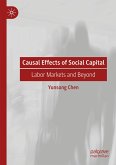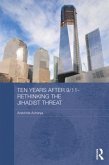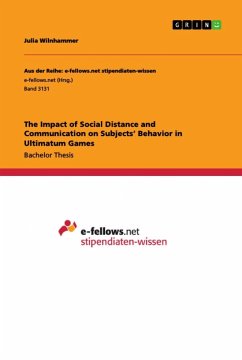The size of the outgroup is considered to be a crucial element to understand intergroup relations. In this paper, we examine the relations between the size of the outgroup at different levels with other elements important to predict intergroup relations, namely intergroup contact and threat. We find that perceived outgroup size at lower levels (neighbourhood and city) is more related to intergroup contact while perceived outgroup size at higher levels (republic) is more related to feelings of (symbolic) threat. Furthermore, the findings among Russian and titular groups in 4 autonomous republics of the Russian Federation indicate that in culturally heterogeneous contexts, both threat and contact have a stronger effect on prejudice compared to culturally homogeneous contexts.








